Walking along A3212 Street in London, one can’t help but notice the elegant Tate Britain gallery. But what may come as a surprise is to learn that, a couple of centuries back that same spot was occupied by another and quite different building, facility that had nothing to with art – the Millbank Prison.
The story of this jail begins in the 19th-century, in 1816. That year, the area of Millbank received a new prison where criminals could be housed until they were deported to Australia. But it was no easy task.
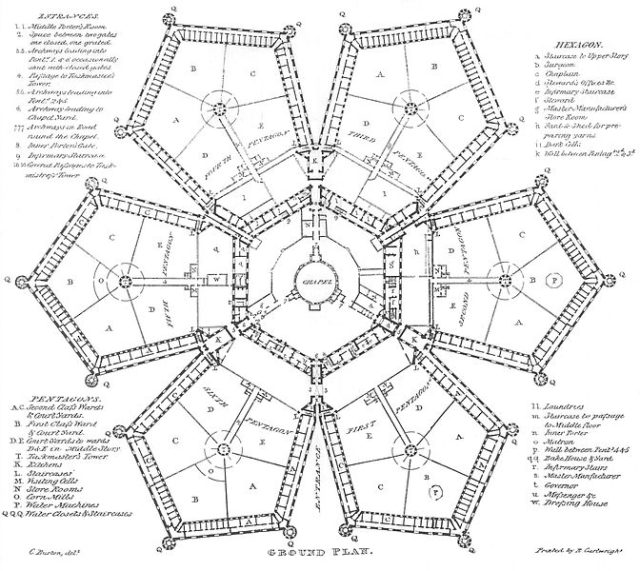
The original blueprints for this prison, stretch all the way back to 1799 and include various important historical figures such as the philosopher Jeremy Bentham, the drawing master William Williams, the architects Thomas Hardwick and John Harvey. But it was Robert Smirke, the famed English architect that brought construction to an end and finalized the project after 22 years in the making.

Once finished, the prison resembled a modified panopticon with six petal-shaped wings and one could’ve easily mistaken it for a fortress; and with a good reason too as around the prison there stood a ditch filled with ice-cold water, just like in medieval times. And just like any panopticon, the exact centre of the prison was reserved for the main observation tower.
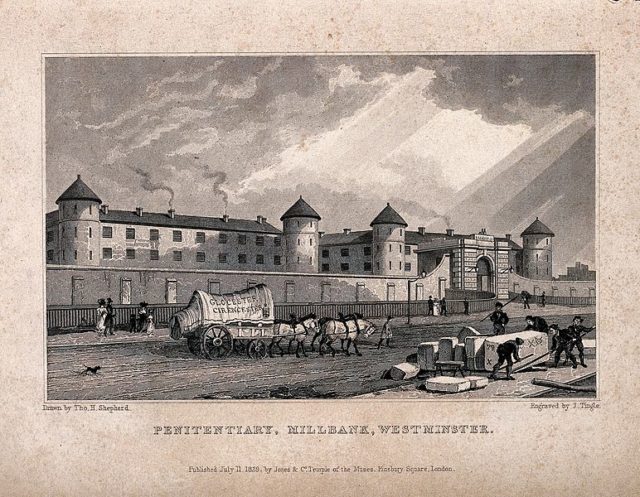
The prison towered three storeys and overlooked the River Thames. The prison looked intimidating on the outside as it did on the inside, which thanks to its design turned the interior of the prison into a real maze, making it difficult for anyone that’s not familiar with the prison to walk about liberally.
It was so confusing that the jailers themselves got lost frequently and had to come up with a code that they wrote on the walls using chalk to help them find their way around the panopticon-maze.
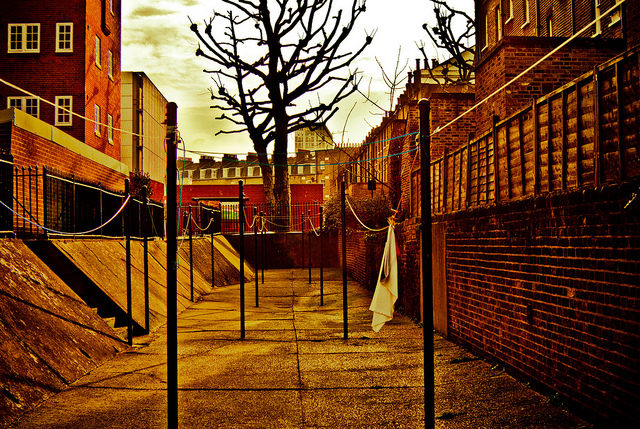
At first, Millbank Prison served like any other jail and housed people on both and short and long terms. But after some time, dump started to attack the prison forming unbearable conditions inside the prison that brought disease upon the prisoners that subsequently killed many of them. The problem lied in the very ditch that circled the prison.
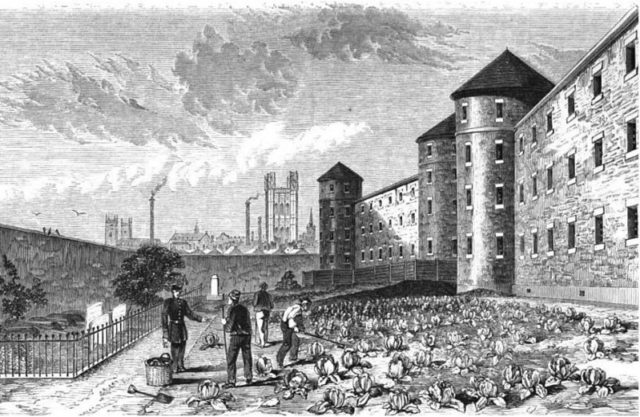
Such an environment was ideal for the forming of cholera. Even Charles Dickens made a mention of this prison and this ditch in his novel David Copperfield when he wrote A sluggish ditch deposited its mud at the prison walls. Coarse grass and rank weeds straggled over all the marshy land in the vicinity. Buthe t disease wasn’t the only enemy of this prison.
The inmates were often starved to death and were left to live in unbearable stench and in quite unhygienic conditions. And if that wasn’t enough to topple the spirits of the inmates, brutal beatings and violence were often administrated.
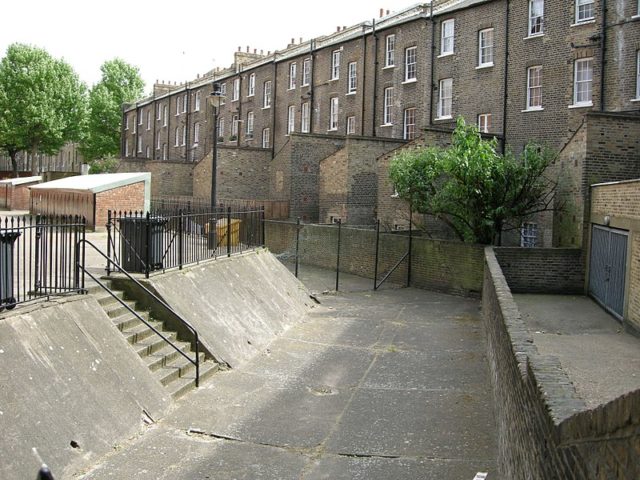
This is what forced the British Parliament to reconsider the role of this penitentiary. It was then decided that the prison was unfit to hold inmates in the long term and so Millbank Prison became a general depot for all convicts and short-term holding of prisoners – not longer than three months – that were awaiting their deportation to Australia.

According to some researchers, the convicts were taken to the ships via underground tunnels that still survive to this day, while others state that the prisoners were rather marched above ground and straight through the front gate. Whatever the true path may be, Millbank and the banks of the River Thames were definitely the last bit of British soil the prisoners could feel beneath their feet.
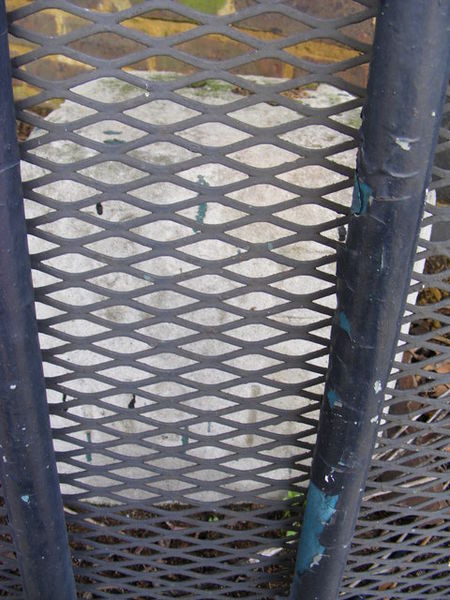
The end of this prison came in 1890. Not long after this date, the prison was demolished. What remains of it today, is one bollard that the prison boats used to moor while they were loaded with prisoners.
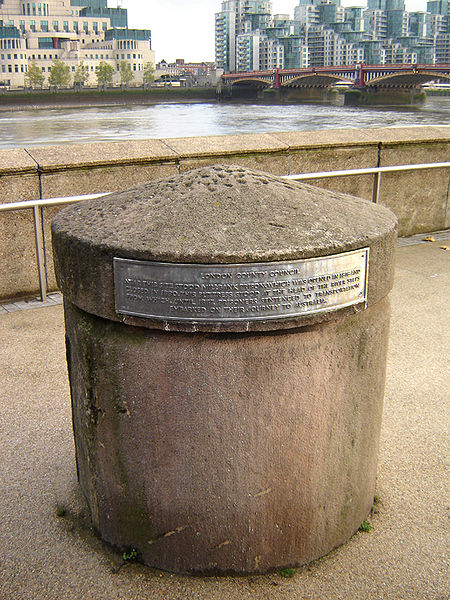
This same boats then travelled further downstream where the infamous prison ships awaited their inmates. The ill-famed ditch that once circled the prison can also be witnessed today. Following the opinion of some paranormal investigators, the underground tunnels of the prison are haunted by the ghost of a former prisoner that died there due to hunger, sickness, torture or all three for that matter.
